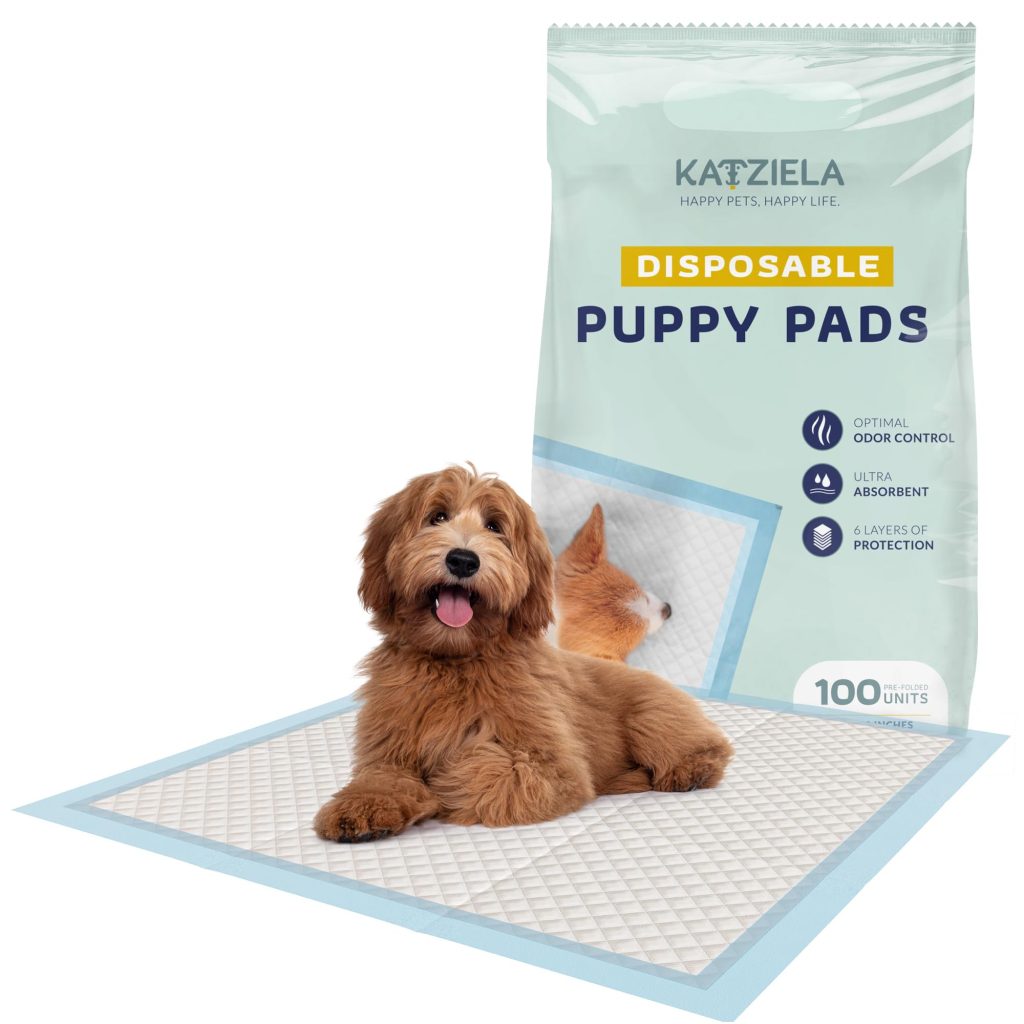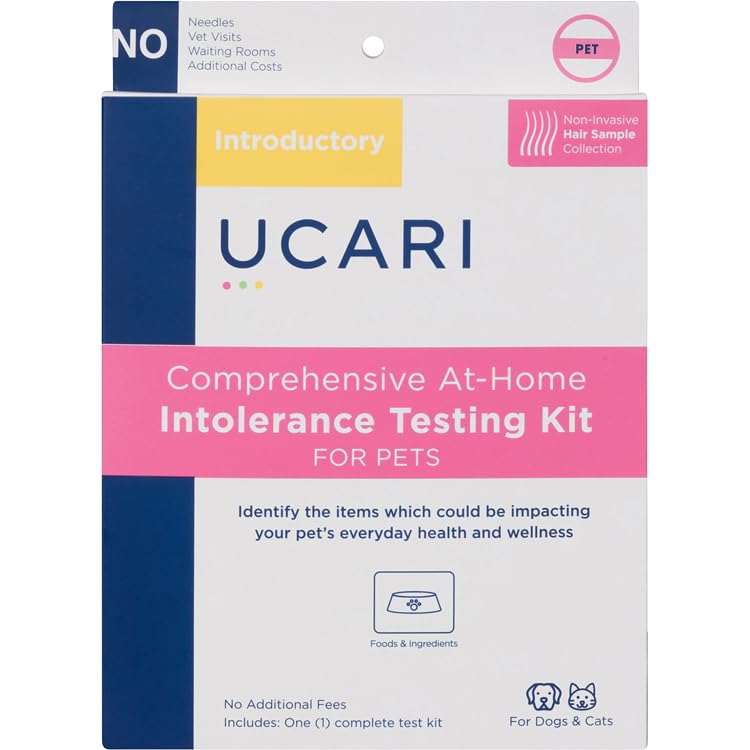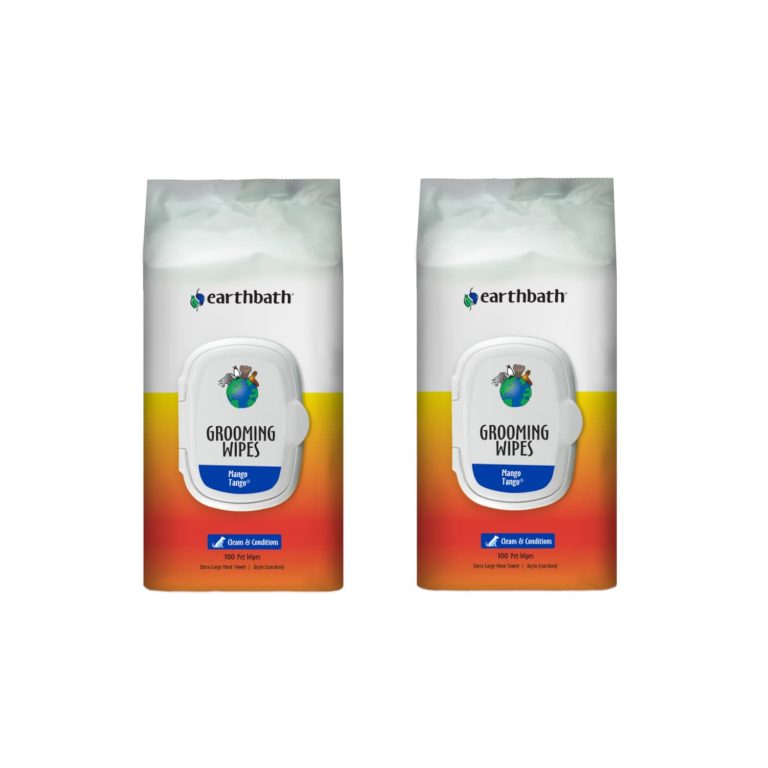The Best Diet for Dogs with Joint and Mobility Issues

The nutritional landscape for dogs grappling with joint and mobility issues necessitates a careful and deliberate approach, encompassing a diet rich in specific nutrients that not only foster general well-being but also bolster joint integrity and function. Essential fatty acids, particularly omega-3 fatty acids derived from sources such as fish oil and flaxseed, stand out as pivotal allies in combatting inflammation, which is often a significant factor in joint pain and stiffness. These beneficial fats can help modulate the inflammatory processes that exacerbate mobility challenges, effectively soothing aching joints and encouraging a more active lifestyle.
Moreover, the inclusion of glucosamine and chondroitin in a dog’s diet can be highly beneficial. These naturally occurring compounds are integral in maintaining cartilage density and elasticity, thereby providing a cushion and shock absorber for the joints. For example, many commercial dog feeds specifically formulated for joint health boast glucosamine and chondroitin as key ingredients. However, these can also be supplemented through targeted dietary choices such as shellfish, chicken cartilage, and specific supplements designed to support joint function.
Additionally, maintaining an optimal weight is crucial; excess weight significantly exacerbates the strain on joints. It’s essential to tailor calorie intake not only to the dog’s age, size, and breed but specifically to their mobility status. Cutting back on high-calorie treats and advocating for portion control can dramatically influence overall joint health. Adopting a balance of high-quality protein sources will also serve to maintain muscle mass, which supports joint stability and alignment.
For dogs with mobility issues, vitamins such as C and E serve as potent antioxidants, playing a vital role in reducing oxidative stress in the joints. Incorporating fruits and vegetables, such as blueberries, sweet potatoes, and spinach, into the canine diet can provide these essential micronutrients alongside fiber, which aids in digestion and overall health. While navigating the complexities of a dog’s dietary needs, it’s equally vital to heed the specific life stage and breed of the dog in question; active breeds and senior dogs may have differing nutritional demands, necessitating tailored dietary strategies to meet their unique physiological needs.
In the pursuit of a nourishing regimen, homemade diet options can offer an exceptional avenue for ensuring that dogs receive optimum nutrition, as it allows for complete control over ingredients. Meal preparation might include lean proteins, fresh vegetables, and wholesome grains complemented by appropriate supplements. It is paramount, however, to consult with a veterinarian or a pet nutritionist, as creating a balanced homemade diet requires careful consideration of nutrient ratios and potential deficiencies. Engaging in this proactive dietary management can greatly enhance the mobility and quality of life for dogs facing these challenges, aiding them in not just surviving but thriving in their golden years.
Ingredients to Look For
When exploring the realm of canine nutrition, it becomes essential to identify the precise ingredients that contribute to joint health and overall well-being. Quality is paramount, and selecting the right components of your dog’s diet can dramatically influence their health, especially for those grappling with mobility issues. A thoughtfully curated diet should prioritize proteins rich in essential amino acids, sourced from high-quality meats such as turkey, chicken, or beef. These proteins support muscle development and maintenance, which are crucial in preserving joint functionality and stability.
In addition to protein, carbohydrates should not be overlooked. Opt for whole grains like brown rice or quinoa, which provide a steady release of energy while also being rich in fiber. This dietary fiber aids in digestion and can support weight management, which is particularly important for dogs with a limited ability to exercise. Incorporating healthy fats such as fish oil or coconut oil can further bolster both coat quality and joint health, creating a holistic dietary profile that speaks to the dog’s overall vitality.
It’s beneficial to incorporate nutrient-dense vegetables into your dog’s diet. Vegetables like carrots, broccoli, and kale boast an array of vitamins and minerals that can fortify the immune system and provide critical antioxidants. These antioxidants play a significant role in combating oxidative stress, a natural byproduct of cellular energy that can contribute to joint degradation over time. For example, leafy greens are not only a source of vitamin K but also aid in maintaining calcium balance in the body, which is integral for bone health.
Moreover, when considering pet food options, it’s essential to scrutinize ingredient lists. Look for formulations that list whole meats as the first ingredient, followed by quality carbohydrate sources. Avoid products that contain vague terms such as “meat by-products” and excessive fillers like corn and soy, which have little nutritional value and can aggravate existing health issues. These ingredients often lead to obesity and other health problems due to their low nutrient density, making it imperative to select foods that prioritize quality over cost.
Transitioning to a homemade diet presents another avenue for ensuring optimal nutritional intake. A well-planned homemade diet might feature a combination of unprocessed meats, wholesome vegetables, and healthy grains, tailored specifically to the needs of the dog. However, it’s crucial to keep in mind the necessity of supplementation with vitamins and minerals, as homemade diets risk nutrient deficiencies unless carefully constructed. Collaborating with a veterinarian or a qualified animal nutritionist can help create a meal plan that not only nourishes but also delights your furry companion.
Additionally, monitoring your dog’s response to varied ingredients is essential for fine-tuning their diet. Some dogs may have unique sensitivities or allergies that can influence their mobility and overall comfort. For example, a dog that suffers from joint pain may benefit from avoiding certain grains or by-products that yield inflammatory responses. Keeping a food diary can be beneficial in understanding how various ingredients impact your dog’s health, allowing pet owners to make informed dietary adjustments as necessary.
Ultimately, the focus should always be on fostering a nourishing environment through careful ingredient selection. By incorporating the right elements into your dog’s diet, you can contribute significantly to their joint health, ensuring they maintain vitality, mobility, and an excellent quality of life. Remember, a dog’s dietary journey is ongoing—adaptation and awareness are key to navigating this path for optimal health and happiness.
Foods to Avoid
When considering the dietary landscape for dogs afflicted with joint and mobility challenges, it is imperative to recognize the potential perils lurking within certain food ingredients. Specifically, there are categories of foods that may exacerbate inflammation and contribute to the deterioration of joint health, thereby obstructing the overall quality of life for your canine companion. By being educated about these dietary pitfalls, pet owners can take proactive measures to ensure the selection of optimal nutrition for their furry friends.
One of the foremost adversaries in a dog’s diet is the inclusion of excessive amounts of refined carbohydrates and sugars. Ingredients such as corn syrup, molasses, and other sweeteners are often employed in commercial dog foods to enhance palatability, yet they can initiate insulin spikes and promote fat accumulation, leading to obesity—a notorious accomplice to joint strain. Acknowledging that obesity itself results in increased stress on joints underscores why it’s essential to pivot away from these high-sugar components. Alternatives such as complex carbohydrates, which release energy more slowly and support stable glucose levels, should instead form the cornerstone of your dog’s diet.
Furthermore, certain grains can act as hidden culprits in the quest for joint health. While some dogs can safely enjoy grains like brown rice or oats, others may experience adverse reactions to gluten or high-glycemic grains such as wheat or corn. These could potentially serve as inflammatory agents, compounding joint discomfort. Being vigilant about a dog’s individual sensitivities or allergies by consulting with a veterinarian can help clarify which grains should be excluded from their meals, improving overall health and mobility.
Moreover, the presence of artificial preservatives and additives in commercial pet foods poses an additional concern for dogs with joint issues. Ingredients such as BHA, BHT, and ethoxyquin are commonly used to extend shelf life yet have been linked to various health complications, including joint pain and inflammation. It’s prudent to prioritize foods that are free from these synthetic additives, favoring natural preservation methods and whole food ingredients that contribute to a healthier inflammatory response.
Another cohort of foods to sidestep are those laden with unhealthy fats. Trans fats and excessive omega-6 fatty acids, which are found in some low-quality pet foods, can increase the likelihood of inflammation, aggravating existing joint problems. While fats are essential for a balanced diet, it very important to seek out sources rich in omega-3 fatty acids, such as fish and flaxseed oil, which promote anti-inflammatory responses. Avoiding fats derived from animal by-products and opting for healthier, cleaner fat sources can markedly affect joint health and reinforce mobility.
Additionally, certain common human foods, despite their apparent safety, may present a minefield for canine consumption. For instance, foods like chocolate, onions, and grapes, well-known for their toxicity to dogs, must be vigilantly avoided, as they pose severe health risks. Even seemingly benign items, such as table scraps high in salty or oily content, can lead to upset stomachs and exacerbate conditions that lead to decreased mobility.
To further enhance your dog’s diet, fostering an environment devoid of these harmful elements will help navigate common dietary challenges. A thoughtful elimination of problematic ingredients can alleviate inflammation, support joint recovery, and promote a more active lifestyle. Remember, as you curate your dog’s meals, engaging in continuous dialogue with your veterinarian can provide tailored insights to optimize your companion’s dietary journey, leading to lasting benefits in their joint health and overall well-being.
Supplementing Your Dog’s Diet
When it comes to enhancing your dog’s diet for optimal joint and mobility health, supplementation serves as a powerful tool in a pet owner’s arsenal. It’s a strategy that allows you to provide specific nutrients that may not be sufficiently available in standard commercial or homemade meals. However, effective supplementation requires a thoughtful approach to ensure your furry friend reaps maximum benefits without falling into the pitfalls of over-supplementation or mismatched nutrient ratios.
To begin with, joint health supplements such as glucosamine and chondroitin can significantly enhance a dog’s mobility and comfort, particularly for breeds predisposed to joint issues or older dogs experiencing natural wear and tear. Glucosamine is known to support cartilage recovery and maintenance while chondroitin enhances moisture retention in cartilage and may help prevent its breakdown. Administered in appropriate dosages, these supplements can complement their dietary intake beautifully, much like a well-tuned orchestra harmonizes distinct instruments into a cohesive symphony.
In addition to glucosamine and chondroitin, omega-3 fatty acids—particularly EPA and DHA found in fish oil—act as formidable anti-inflammatories. These essential fats assist in reducing joint swelling while promoting overall joint fluidity and comfort. As Dr. Becker often advocates, “Let food be thy medicine,” and nowhere is this truer than in the realm of supplementation where we can use nature’s bounty to support our pets’ health. For potency, look for high-quality fish oil supplements that have been tested for purity, ensuring freedom from harmful contaminants like heavy metals.
Furthermore, antioxidants represent another critical component that can help stave off oxidative stress associated with joint degeneration. Vitamins C and E, along with selenium, work synergistically to encourage a balance between free radicals and antioxidants in the body. Including these supplements can enhance your dog’s natural defense mechanisms against cellular damage, particularly in aging canines who experience increased oxidative stress. Fresh fruits like blueberries can serve a dual purpose, delighting the canine palate while infusing their diet with these vital compounds.
Herbal remedies are also gaining traction in the dog health community, with ingredients such as turmeric and boswellia demonstrating promising anti-inflammatory properties. Turmeric contains curcumin, a natural compound famed for its myriad health benefits, including its ability to reduce joint inflammation. When introducing such herbal supplements, it’s vital to consult with a veterinarian to determine the appropriate amounts and ensure they harmonize well with any existing medications or dietary plans. Always heed the wisdom of the ancients while ensuring contemporary veterinary practices guide your choices.
Maintain a keen sense of monitoring and adjusting your dog’s response to supplements. Every canine’s nutritional needs are unique, and what benefits one dog may not have the same effect on another. Keeping a detailed log of any changes to mobility, activity levels, or their overall demeanor can provide invaluable insights as you navigate this journey. Clear communication with your veterinarian about observed changes can enable them to tailor recommendations specifically to your canine companion’s needs.
The integration of supplements into your dog’s diet, when executed thoughtfully, can enhance their quality of life remarkably. As the landscape of canine health continues to evolve, adopting a proactive stance in nutritional supplementation reinforces the commitment you have to your furry companion, ensuring they enjoy each step of their journey with joy, ease, and vitality. Let your dog thrive and embrace their golden years in the finest style possible, with the careful orchestration of nature’s best offerings directed towards their health and happiness.







